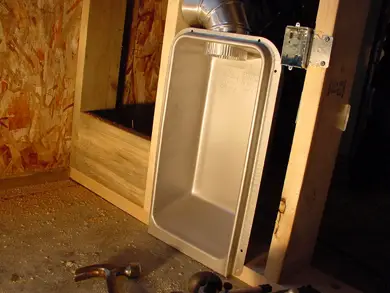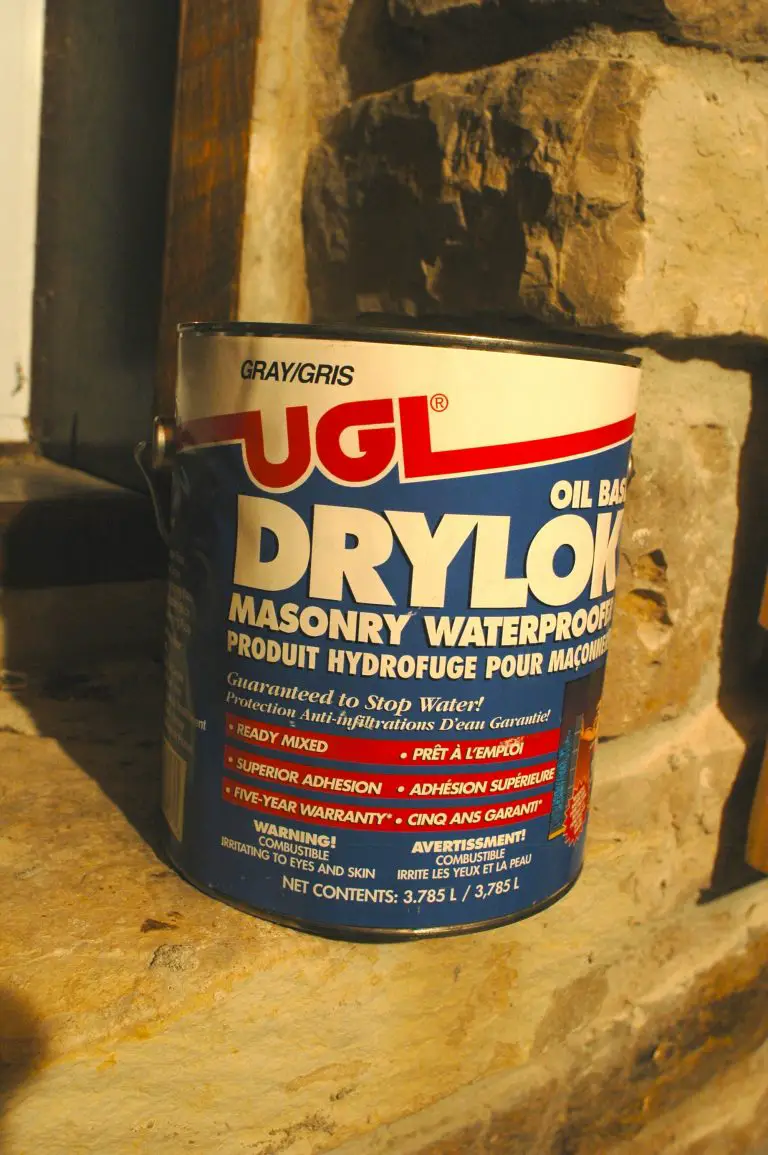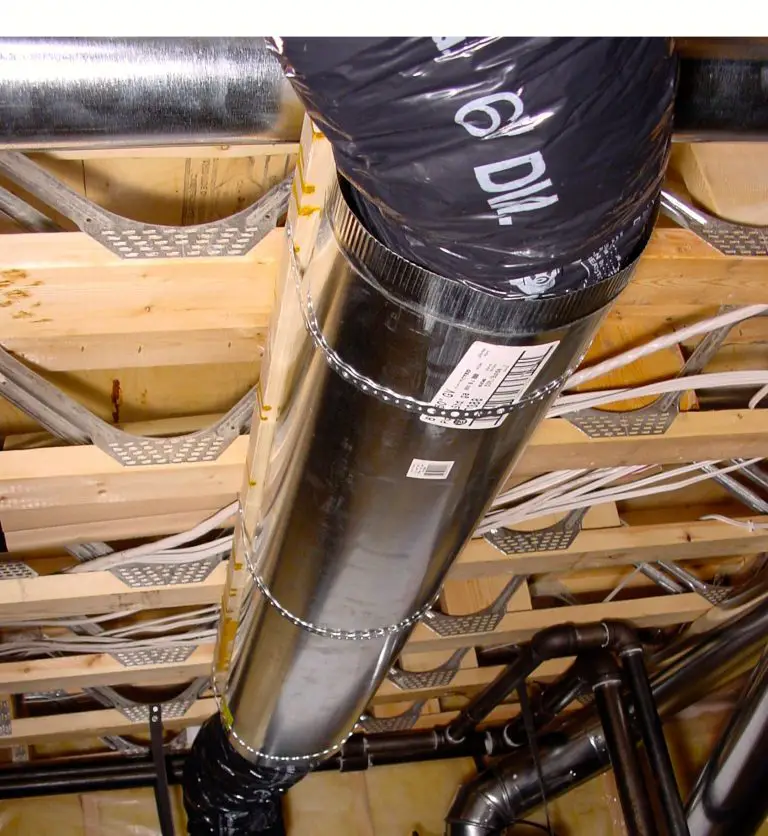Pressure washers (also called power washers) are a popular home maintenance tool because they clean brick, siding, decks, vehicles and equipment more thoroughly than just a hose on its own, and they do it in record time. I have used many different power washers over 25+ years on a variety of surfaces so I know what they do right but also what can go wrong. This article and video package will help you steer clear of trouble. Extensive Q&A section at the end of this article.

Pressure washers take water from a garden hose and create a high pressure water flow to clean surfaces – far higher pressures than what comes out of a tap. They’re useful for cleaning aluminum siding, vinyl siding and lots of other things, but there are limits. Here is my list of the 6 most common mistakes homeowners make while using a pressure washer.
Pressure Washer Pitfall#1: Using the Wrong Nozzle

Nozzles fit on the end of pressure washer spray wands and they determine the shape and intensity of the spray pattern. There are 3 main types of nozzles, though some power washers come with more nozzles to fill the range between these:
40º Fan nozzle: This has the widest spray pattern of all and creates a low pressure setting on the machine. The fan nozzle has the largest opening and is used for large areas that you want to cover in a short time or for applying liquid soap if your model has an on-board reservoir. You can also use the fan nozzle on aluminum siding, decks and driveways.
25º Flat nozzle: This has a more concentrated spray pattern and is good for general cleaning. For brickwork you’ll find a flat nozzle works best. It delivers fairly concentrated cleaning action, but not so intense that it will hurt the brick.
0º Needle nozzle: This creates the most focussed spray pattern of all, ideal for tough surfaces that won’t be damaged by lots of force. For surfaces that are resistant to damage and in need of heavy cleaning, the narrowest angle nozzle works best. Always carefully test any surface with the spray nozzle a couple of feet away at first.
The video below is an overview of pressure washer use.
- Video#1 Watch Time = 12 minutes
Pressure Washer Pitfall#2: Failure to Inspect and Clean Inlet Filter
Power washers typically have a small screen filter in the fitting where the water supply garden hose connects. This filter is to protect the pump from debris, but it also needs to be kept clean for proper water flow into the power washer. It only takes a second to look at the screen before connecting the hose. Clean it if needed.
Pressure Washer Pitfall#3: Not Using Enough Water When Washing
Power washers remove dirt by knocking it off surfaces, but unless that residue is also washed off and completely away by water it will still be there when the area dries. This is especially an issue on horizontal areas like decks.
Always make sure to power wash long enough and with enough water to carry all grime away from the area. Dirt, mold and mildew will not be completely removed without sufficient water flow over the surface and onto the ground. The surface may look clean when wet, but residual grime will show up when the surface is dry.
Pressure Washer Pitfall#4: Using Too Much Pressure

This is a big one because it’s easy to damage surfaces with too much water pressure. That’s what you see on the wood above. The most common type of damage involves chunks of wood torn from the surface. Use a wide fan nozzle and begin power washing with the nozzle tip 24” away from the wood surface at first.
Decrease this distance only after testing in an inconspicuous place and examining the area after it has dried. Minor damage is impossible to see when the surface is wet.
Pressure washers can be used on bare lumber, and a certain amount of wood fiber fuzziness is normal after the surface has dried after power washing. A quick sanding with an 80-grit abrasive will solve this problem.
The danger of too much pressure exists for other surfaces, too. Bricks, for instance, are much tougher than other surfaces, but don’t over-estimate any kind of masonry. Excessive water pressure and too close of a nozzle position can damage mortar joints and bricks, especially older bricks. As with any surface, proceed carefully and be sure to test and inspect the brick surface for damage. Only dry brick will show marks. Aluminum siding and vinyl siding are particularly fragile.
Pressure Washer Pitfall#5: Relying Entirely on Pressure Washing
Sometimes pressure washing alone is not enough to get surfaces completely clean. As unlikely as it sounds, scrubbing with a soft brush as part of the power washing process is often necessary for cleanest results. I use a long-handled brush with a hose connection for this. It works well after an initial power washing and before a final rinse with a pressure washer.
Pressure Washer Pitfall#6: Not Using Enough Soap or Detergent
If your washer has a soap reservoir (not all do), be generous when applying any kind of cleaning chemical to surfaces, then let the cleaner sit for ten minutes for maximum effect. This will help loosen mold and grime so subsequent passes with the power washer work better.
Pressure Washer FAQs
Q: Which is the best pressure washer to buy?
A: There are many great brands, but selecting a unit with enough power is essential. Electric pressure washers are okay for light-duty cleaning of small areas, or on aluminum siding. Gasoline-powered models offer more flexibility because you can use them at low pressure with a wide nozzle and reduced engine speed, but you can also rev up a gas model for serious cleaning action.
++++++++
Q: What is a good PSI pressure washer for home use?
A: Pressure washers are rated with two numbers: maximum pressure developed in pounds per square inch (PSI), and maximum flow rate of water in gallons per minute (GPM). Most homeowners won’t need anything more than 2000 PSI and 1.2 gpm for basic cleaning, but it’s surprising how tougher jobs require more power.
++++++++
Q: How much does a good pressure washer cost?
A: Prices vary a lot, but electric models typically cost around $150 to $300. Gas models typically cost $300 to $1000 and up.
++++++++
Q: How much PSI do I need to power wash a driveway?
A: This is a large and heavy-duty job, so aim for a minimum of 3000 psi and a 3 to 4 gallons per minute flow rate. You can use smaller power washers for driveways, but the job will take considerably longer.
++++++++
Q: How do you use a pressure washer step by step?
A: Top up the gas tank, check engine oil level, connect a water supply garden hose to the washer, press the trigger until water flows out of the nozzle, then get ready to fire up the engine. I’ve used many power washers over the years and the engine on most won’t start if the unit is under load from having water in it. That’s why I generally hold the trigger on the wand open to let water flow through, all while I’m pulling the starter cord. When you’re done. Shut the engine down, then pull the trigger again to relieve internal pressure. Without doing this it can be difficult or impossible to remove the hose and nozzle from the machine.
++++++++
Q: Do you turn water on before starting a pressure washer?
A: Yes, and let the water flow through with the trigger pulled until the internal pump is filled. Power washers can be ruined if the pump runs without water in it.
++++++++
Q: What should you never do with a pressure washer?
A: Never point the wand at a person or animal because this can lead to a serious injury. The water coming out can rip into flesh instantly. Also, never run these machines without the internal pump full of water. Even with water present, don’t let the engine run for more than a few minutes without pressing the trigger. Internal water in the pump can heat up and boil inside if it doesn’t flow through.
++++++++
Q: Do you put cleaner in a pressure washer?
A: Some models have a reservoir for soap and other cleaning liquids. Don’t use regular dish soap here since it will foam up too much. Special soaps are sold for use in power washers. Models with a soap reservoir don’t need to be used with soap. It’s simply an option.
++++++++
Q: Can you get injured from a pressure washer?
A: Yes, most definitely. The biggest hazard is blasting your own feet and legs. Even small units can tear chunks from wooden boards, so they can certainly cause pressure washer injuries on people.
++++++++
Q: Can you cut your toe off with a pressure washer?
A: Yes, if you’re foolish enough to use pressure washers in bare feet, and you’re careless enough to let the blast hit your foot, you may find yourself feeling embarrassed while you sit in the emergency ward of a hospital. The risk of infection from a power washer injury is a definite possibility because non-sterile water could be driven deep into your flesh. Wear rubber boots at a minimum and leather work boots for maximum protection.
++++++++
Q: Can a power washer cut bone?
A: Yes, it can, but you’d need to work at it.
++++++++
Q: Should I wear a mask while using one of these machines?
A: No, this isn’t usually necessary. Water vapour in the air isn’t a hazard, even if you’re using soap. Some industrial safety standards call for a mask, but I’ve never seen a legitimate reason for this in a home situation. I’ve never worn a mask while pressure washing.
++++++++
Q: Is it OK to power wash aluminum siding?
A: Yes, but be careful, aluminum siding is fragile. First, do a test in an inconspicuous area, then let the area dry before seeing what it looks like. In my experience, power washing siding is never enough. Use the machine first, then scrub the area with a long-handled brush, then repeat a final power washing rinse. This goes for any exterior siding, regardless of the material.
Q: How do I prepare my pressure washer for winter?
A: If you live in an area that doesn’t go below freezing, you don’t need to do anything except run the tank dry of gas on an engine model, then change the engine oil. If you will get freezing temperatures, use a funnel and short hose attached to the water intake port of the power washer to put non-toxic antifreeze into the pump. Fill the funnel as it’s held upright, then pull the engine cord until antifreeze comes out of the output port of the pump. Electric models are small enough that they can be brought into a heated space over winter. You can see the procedure of winterizing a gas-powered pressure washer below.
- Video#2 Watch Time = 3 1/2 minutes
++++++++
Q: How do you drain water from a pressure washer pump?
A: I’ve never seen a pressure washer that allows the pump to be drained. Instead you need to displace pump water with non-toxic antifreeze.
++++++++
Q: Can pressure washers be left outside in the winter?
A: Yes, but only if the water in the pump has been displaced by non-toxic antifreeze.












